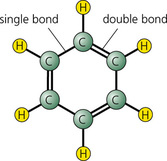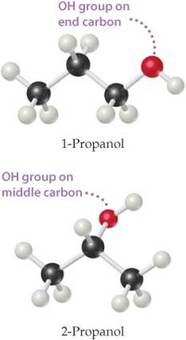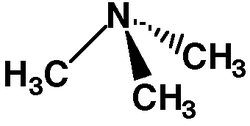
Inhalation of ammonia may cause olfactory fatique, eye injury, nasopharyngeal and tracheal burns, bronchiolar and alveolar edema, and airway destruction resulting in respiratory distress or failure.
Ammonia is a nitrogen waste compound that is normally excreted in the urine. It can be also detected in breath and skin emissions of healthy people. Main factors affecting the concentration of mouth-exhaled ammonia are: oral fluid pH, urea concentration, and urease activity.
Ammonia is a major metabolite of glycine. In brain it is synthesized by glutamine synthaze to form glutamine which may serve to protect the brain from hyperamonemia in liver failure.
Levels of ammonia might correlate with neurological symptoms.
Elevated blood ammonia can happen for a variety of reasons. It is fairly common in infants with certain genetic conditions such as argininosuccinic acid synthase and argininosuccinic acid lyase deficiencies (1 per 35,000 live births per year in USA). Carbamoyl phosphate synthetase I deficiency is an autosomal recessive inborn error of metabolism of the urea cycle which also causes hyperammonemia. In children, it may be related to Reye’s syndrome, while in adults, it may indicate kidney or liver damage or an underlying metabolic disease. In some cases, an elevated blood ammonia level will resolve on its own without treatment.









